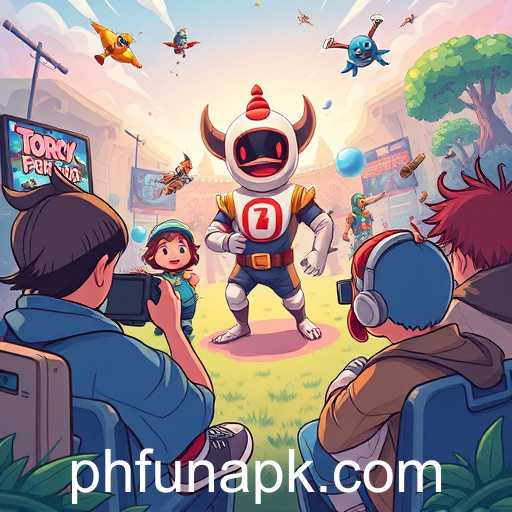Exploring the integration of gamification in education and its impact on learning processes.
The integration of technology in education has taken an intriguing turn with the rise of gamification, and platforms like 'phfun' are at the forefront of this educational revolution. In recent years, educators and technologists have been exploring how game-like elements can be leveraged to enhance learning and engagement. With the current technological era offering various digital tools and resources, 'phfun' aims to blend fun with learning, thereby increasing student motivation and interest in a subject matter.
Gamification involves incorporating elements typical to video games, such as scoreboards, badges, and timed challenges, into educational activities. It creates a dynamic classroom environment that encourages interactive learning and fosters competition in a healthy manner. In light of the evolving educational priorities in 2025, 'phfun' is introducing innovative strategies to captivate the digitally-native generation.
This new approach is not without its skeptics. Critics argue that gamification may overshadow the primary educational goals by focusing too much on entertainment rather than substance. However, proponents point out that, when well-designed, gamification can effectively marry content with engagement, making learning relevant and fun. They also note that game-based learning taps into the intrinsic signals of play, a fundamental human motivator, thus enhancing retention and understanding.
As we move further into the 21st century, the question of technology's role in learning continues to be a crucial topic for educators, policymakers, and developers alike. The introduction of monetary incentives for online educational platforms and the growing budget for educational technology indicate that gamification might just be a stepping stone towards more advanced pedagogical methods.
In conclusion, the growing popularity of gamification strategies, such as those employed by 'phfun', reflects a broader shift towards a more interactive, student-centered learning environment. This aligns with the increasing demand for relevant and engaging educational experiences, marking a significant shift in how we perceive and execute the process of learning in today's rapidly changing world.




